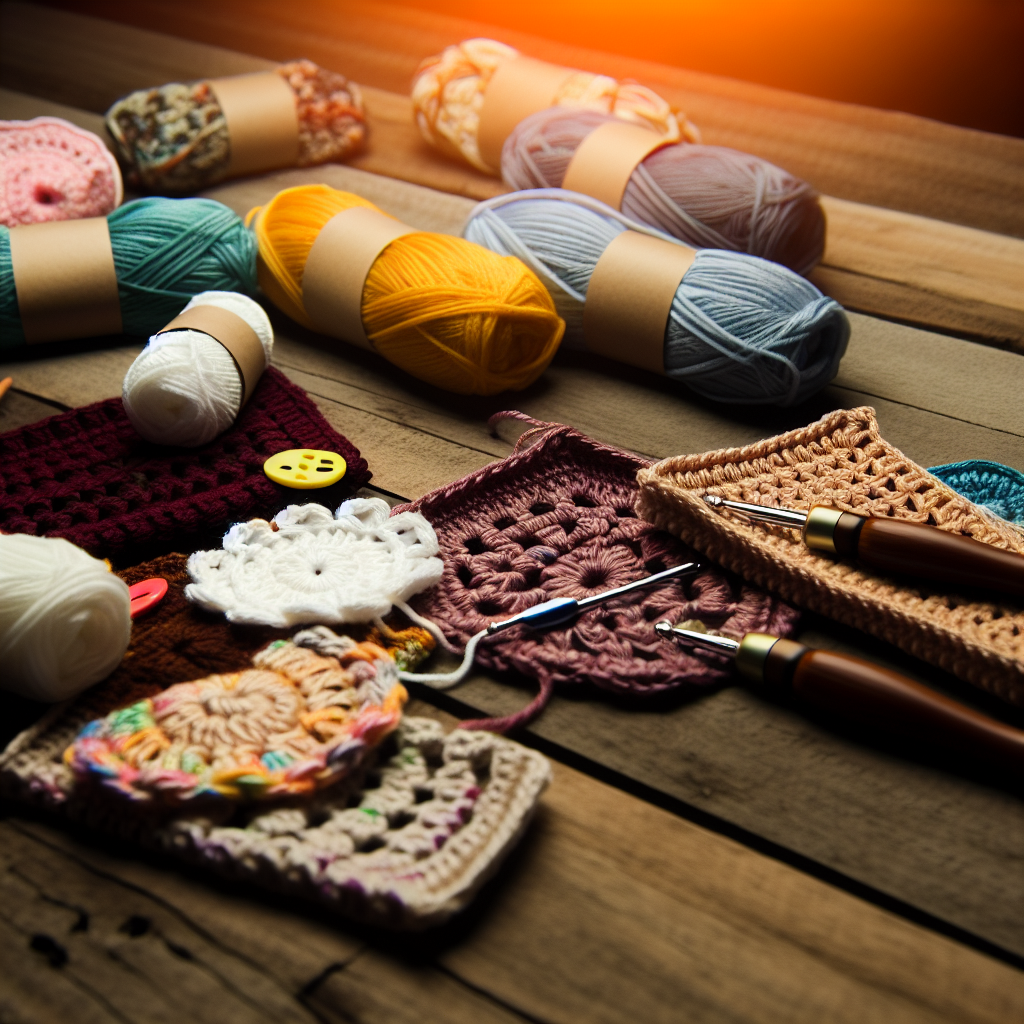Pricing Your Handmade Crochet Items: A Simple Guide
Introduction
Setting the right price for your handmade crochet items is crucial for your creative success and financial viability. This guide will walk you through the intricacies of pricing your crochet creations, ensuring that you receive fair compensation for your artistry while appealing to potential buyers. With practical steps and considerations, you can confidently price your items to reflect their true value.
Understanding Your Costs and Time
Properly pricing your crochet items begins with a deep understanding of the costs involved in creating them, as well as the time you invest. Start by analyzing material costs, which include yarn, hooks, and other tools. Consider the type and quality of yarn you choose, as these will not only affect the artistic quality of your project but also its cost. For instance, luxury yarns, like merino wool or alpaca, have a higher price point compared to acrylic options.
Next, calculate the time you spend on each item. Instead of estimating haphazardly, keep a log of your work. This will help you assign an accurate labor cost based on your local market rates. By treating your crochet work with the same regard as a job, you’re more likely to price your crafts in a way that values your time and effort.
Breaking Down Your Costs
- Material Costs: Begin by calculating how much yarn you will use and its price. For example, if a skein is $6 and provides 300 yards, and your project requires 150 yards, then the yarn cost would be:
- Labor Costs: Assign yourself an hourly wage (say $15/hour) and multiply by the hours you’ve spent crafting. If the total time is 4 hours, your labor cost will be:
- Overhead Costs: Consider recurring business expenses such as shipping supplies, website maintenance, or even platform fees. Prorate these over your intended production to find your overhead per item.
(150 yards / 300 yards) * $6 = $3.00
4 hours * $15/hour = $60
Setting Your Pricing Strategy
After thoroughly understanding your costs, it’s time to set an appropriate selling price. A widely accepted method is to sum your total costs (materials, labor, and overhead) and then apply a markup, typically between 2.0 to 2.5 times the total. This allows you to safeguard your profits while staying competitive in the market.
However, it is essential to keep an eye on similar items in the market. Research your competition—look at local craft fairs or online marketplaces. Your unique designs and craftsmanship may justify a higher price. Additionally, seasonal factors can affect prices, as items might sell better during certain times of the year, such as holidays. Adjusting your prices based on demand can enhance sales.
Example Analysis
Let’s revisit the example of a handmade crochet scarf. Using the calculated costs:
- Material Costs: $5
- Labor Costs: $60
- Overhead Costs: $5
Total Costs: $5 (materials) + $60 (labor) + $5 (overhead) = $70
If you apply a markup of 2.0, your selling price would be:
Selling Price = $70 * 2.0 = $140
With this analysis, you can confidently price your scarf at **$140**, ensuring fair pay for your artistry while remaining competitive.
Conclusion: Embracing Your Worth
Pricing your handmade crochet items involves a careful analysis of materials, time, and market competition. By understanding your costs and applying a thoughtful markup, you not only ensure fair compensation but also enhance your brand’s professionalism. Remember, the art of pricing is ever-evolving, requiring constant refinement and adaptation. With dedication and practice, you’ll build a thriving business that honors your craft and creativity.

